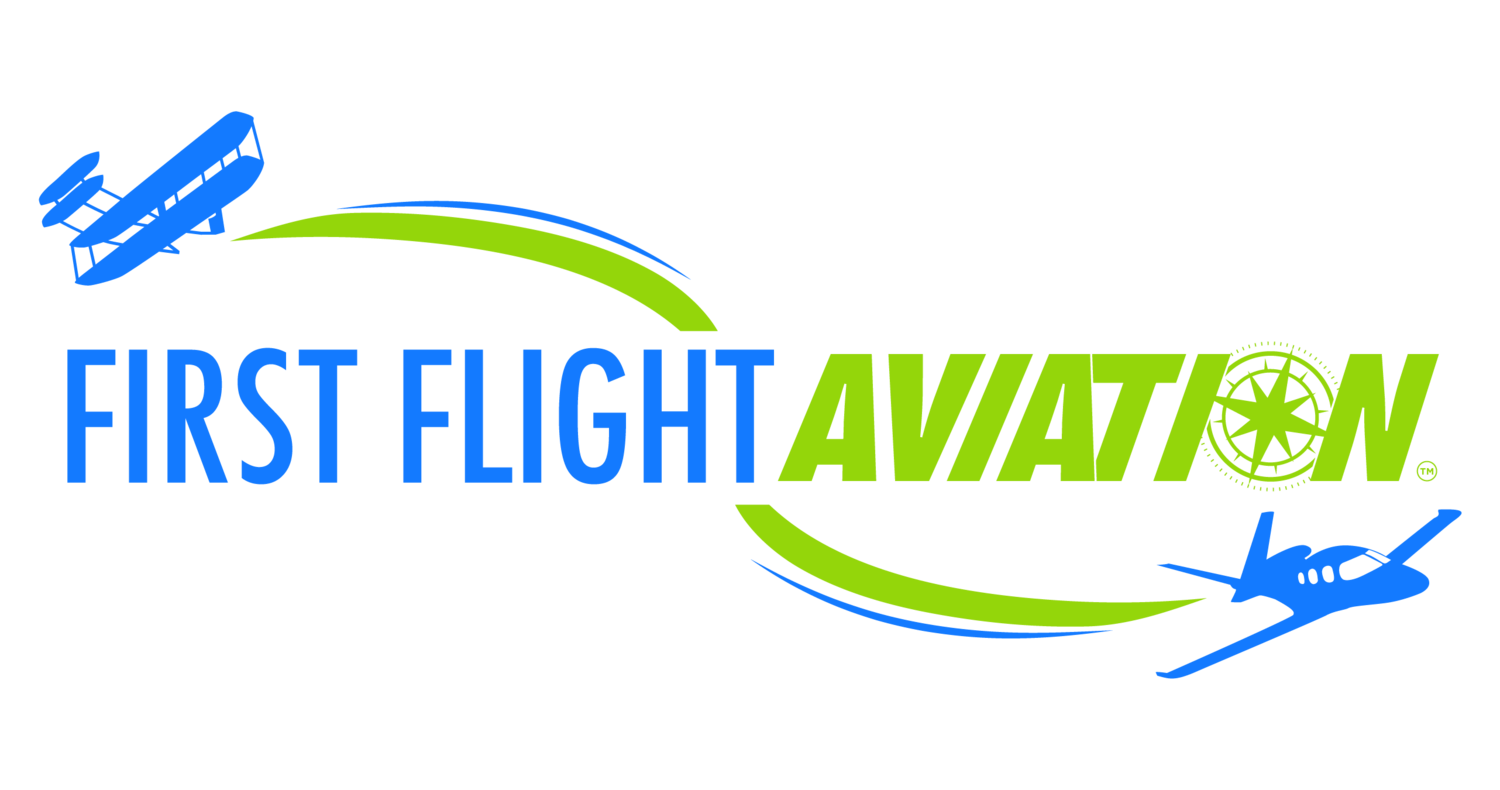 Aircraft audio systems are a growing component area in today’s modern cockpits. From improper usage to aging systems to even incorrect original installation, they are an often forgotten about or overlooked Avionics system component until things go wrong.
Aircraft audio systems are a growing component area in today’s modern cockpits. From improper usage to aging systems to even incorrect original installation, they are an often forgotten about or overlooked Avionics system component until things go wrong.
Call First Flight Aviation! (937) 885-5580
Mono vs. Stereo
It seems everyone these days is walking around with earbuds in or expects to have theatre quality surround sound in their living rooms. We have become accustomed to high fidelity in all aspects. Did you know that for eons aircraft headset audio systems were wired for mono – as in single audio channel – output? While more modern aircraft systems today are usually wired for the high-fidelity stereo – as in dual audio channel left/right output – we all are used to now, there are some retrofitted or OEM aircraft that have still have mono systems installed.
There is nothing wrong with having an aircraft wired for mono audio as the navigation receivers, communications radios, alert audios, and crew/passenger intercom audio is all single-channel mono anyway. This can create an issue for pilots and operators though, and not always how one would think.
Headsets
Most mic/phone cockpit headsets made today are wired for stereo with a 3-prong headset plug. This often creates an issue as if a stereo plug is put into a 2-prong mono jack, as there is a possibility one of the channels will be blank in the headset. While rare, it does happen. Many stereo headsets have a selector switch for mono/stereo. If you find one of the channels is blanked out, chances are the aircraft is wired for mono. Simply select mono on the headset and things will work as intended (all except for that high fidelity stereo audio we are all accustomed to).
To make matters worse, if a mono only mic/phone headset is inserted into a typical modern stereo 3-prong headphone jack, the headset plug can short out one of the stereo output channels from the system. This short can produce a few results – sometimes nothing and things may work in mono, sometimes audible oscillations in the system amplifier, or in worse cases even damage the aircraft audio system component circuitry.
Squelch and Sidetone
Avionics Support sometimes gets pilot/operator reports of “constant noise in headsets” or “scratchy audio always present”. Often times this is due to an improper audio system squelch setting. Squelch sets the threshold at which an audio system will cut off background noise. If set too low, constant ambient cockpit noise (and we all know cockpits can be noisy) will always trigger the threshold and therefore allow the constant noise or scratchiness to be present. If set too high, it takes a high level of audio threshold to trigger the system which can result in garbled intercom or having to speak loudly to get squelch to break.
Squelch settings often are a set and forget item but pilots sometimes love twisting control knobs that don’t need twisted hence for it being a common squawk that does not have to be. That along with people turning the volume down so low it literally switches the audio controller of are amongst the most common pilot/operator induced issues we see reported.
Ever notice how transmitted audio usually sounds different than crew/passenger intercom audio? This is due to sidetone – the audio feedback from a transmitter to the headset so one can hear what they are transmitting. When the Push-To-Talk is pressed, intercom audio is isolated, mic audio is routed to the radio, the radio generates the transmitted signal, and provides a positive feedback signal to the headsets so the transmission can still be heard while speaking.
Sometimes these differences in sidetone perception are induced by the radio, sometimes the audio panel, but in all cases it is typically normal to hear at minimum a slight difference and is usually not a cause for concern, similar to how Bluetooth earbud phone calls can sound different than simply holding a mobile phone to one’s ear – same thing is still accomplished just with a different perceived audio quality response.
Music and Bluetooth
Many aircraft audio systems today have a media input jack for music or other items. These are typically wired for stereo input. We find these vary in quality and are often times can be a source of introduced interference and noise in a cockpit environment.
The most modern aircraft systems have wireless Bluetooth integration which alleviates much of the mono/stereo/external device induced issues. Some of these systems even offer duplex pairing allowing mobile phone calls in addition to high-fidelity music input.
Additional Problem Sources
If audio system issues are experienced and confirmed not to be the headset, squelch, sidetone, music, or phone input (all pilot/operator induced matters), it is often the aircraft that remains suspect. Aircraft audio control devices can become intermittent and fail. Alternator field brushes, deteriorated spark plug leads, magneto selector switch wires, strobes, beacons, autopilot servo motors, unshielded wiring, and even Transponders/ADS-B output devices can produce induced audio system noise.
Improper system installation, especially with improper shield terminations, can induce ground loops and poor performance. Faulty mic/phone jacks. Bad antenna grounding or coupling can induce feedback as noise on com radio transmitter audio. Scratchy radios and/or audio can be one of the most frustrating troubleshooting items for Avionics technicians. The list of potential culprit items is so vast that it can make one’s head spin.
Summary
Audio systems are an often overlooked or forgotten aspect of system performance. Proper installation, proper headset usage, proper aircraft condition, and proper equipment usage all play an important part in audio system performance.
First Flight Aviation, your premier Dayton area FBO, has highly experienced technicians that know how to identify and remedy these matters and strives to support both existing systems and guide customers along the way to modern solutions that best suit their needs. Avionics specialist can be reached via the company’s website: Contact Us
